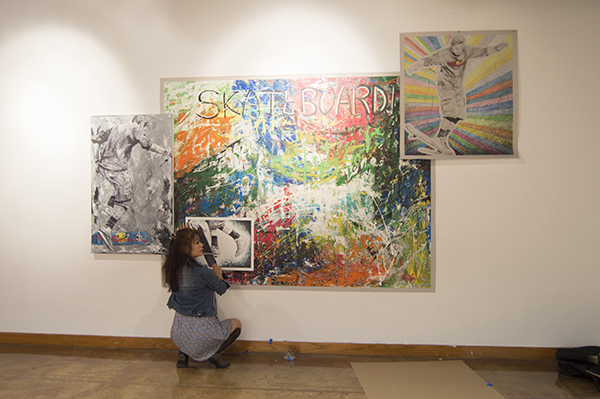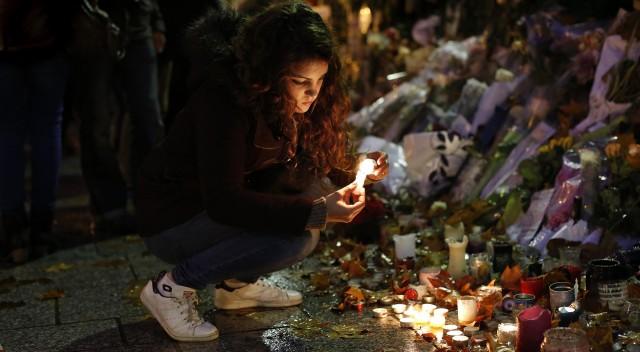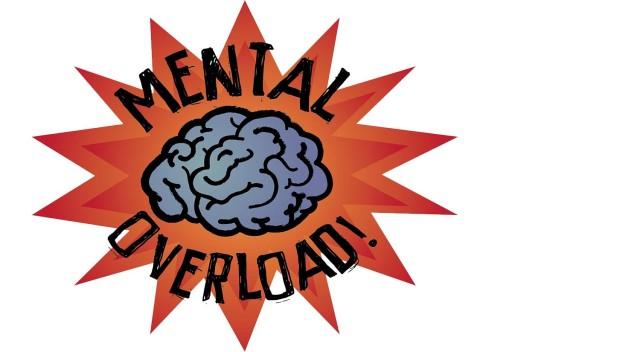By Ashlyn LeVesque/ reporter
Community colleges were created to help people prepare for higher education and/or work, but through the years, their focus has changed, SE students were told Nov. 23.

In Where Do We Go From Here: TCC 50 and the Role of Higher Education in the United States, history assistant professor Bradley J. Borougerdi discussed the history of higher education in the United States as well as its transformation, purpose and future goals.
TCC funding was first approved by voters July 31, 1965, and the first campus opened in 1967. The first semester had 4,272 students, and classes were $4 per credit hour. Now it has five campuses, each with well over 10,000 students, and classes cost about $55 per credit hour, Borougerdi said.
“If we adjust for inflation, salaries and the price have essentially tripled over these 50 years,” he said. “That’s a big transformation from the time we started to where we are now. There is a lot more demand. We are now servicing a lot more people.”
Understanding where education has been is necessary to understand where it can go, Borougerdi said.
Higher education in United States in the 19th century was for the elite to cultivate their minds for the sake of knowledge itself. That century paved the way for the important role of higher education. Urbanization then shifted the focus of higher education toward knowledge for industrial utility rather than knowledge for its own sake, Borougerdi said.
“What we saw then is this strong connection between colleges and capitalism called the college capitalism complex,” he said. “At least, that’s what I call it. This idea that capitalism is on the rise, industrialization is on the rise, and college is now becoming something that is designed to put you in a particular place.”
Borougerdi said it basically transformed colleges into places where students can develop skills for industrial and government work.
In the 1930s and 1940s, another shift occurred, and two-year colleges helped students prepare for the workforce. Access to college became a relevant tool for social mobility into the workforce, Borougerdi said. In the 1950s, hundreds of community colleges started to emerge.
“They’re called community colleges because they’re designed to be either cheap or free, and the goal was to service the need of local communities,” he said. “And access again is key under this model. Access: getting as many people in college as possible.”
In the 1960s, 457 community colleges opened up — more than actually existed across the United States before 1960, Borougerdi said.
Today, the role of community colleges is beginning to shift again since access has been achieved. Educators are now focusing on success and outcomes, Borougerdi said.
“Today, less than four out of every 10 students who enroll in a community college complete a degree of any kind in six years,” he said. “However, more than 80 percent of students who enter a community college today profess their wish to complete a four-year degree. So what this means is we were successful with access, but the success wasn’t quite working out.”
To change community colleges from access to success, many things will have to change in the future, Borougerdi said.
“To combat this higher failure rate, we need to maximize our resources for students,” he said. “Increasing resources for students, mentorship, writing centers, extra credit activities where you have lectures where you can come and learn about these things and expand your mind not just in the classroom but outside the classroom, student organizations — all of these things help promote this mission.”
This mission cannot be done without effort from all, Borougerdi said.
“Teaching and learning is a process that takes place within and between two people,” he said. “It’s not just me, as the faculty, that is designed to teach you. You also have to learn. And we have to make sure that we teach you, as students, that this give-and-take is a very important part. We all have responsibilities.”





























